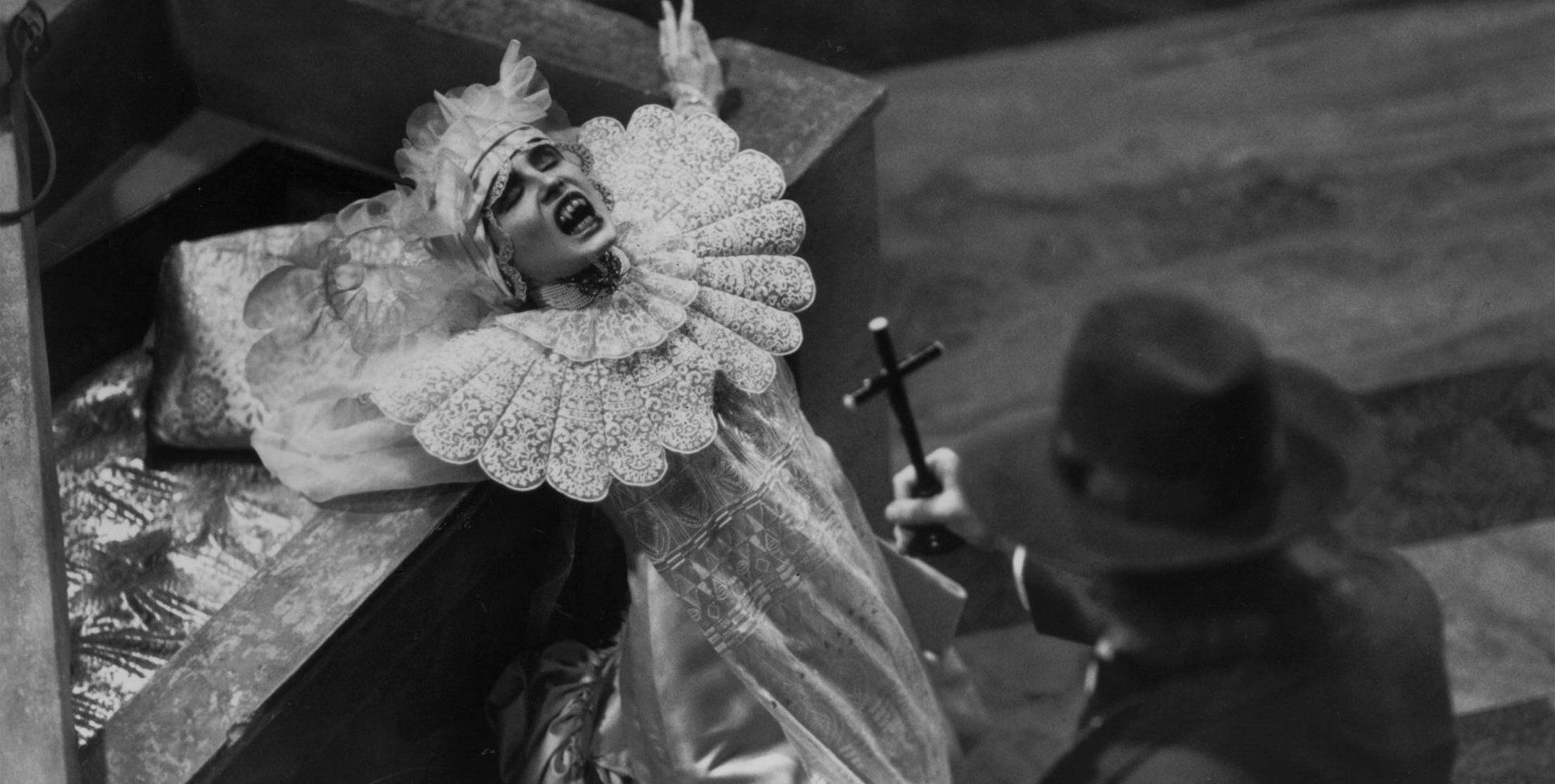Gothic horror is a genre built on fear and hauntings. It's been a mainstay of fiction for centuries, and of cinema since the medium's very beginning. Aesthetically, it's about candlelit corridors and thunder over stone. In gothic horror, the past doesn’t stay dead, and love never really ends. The best of these stories bleed atmosphere. They trap their characters, and their viewers, in places that don’t want to let go.
With this in mind, this list ranks some gothic horrors that never let up. The films below are soaked in fog and fear, but also in longing. They tend to be psychologically believable, visually stunning, and deeply creepy. From the very first frame to the final fade,.
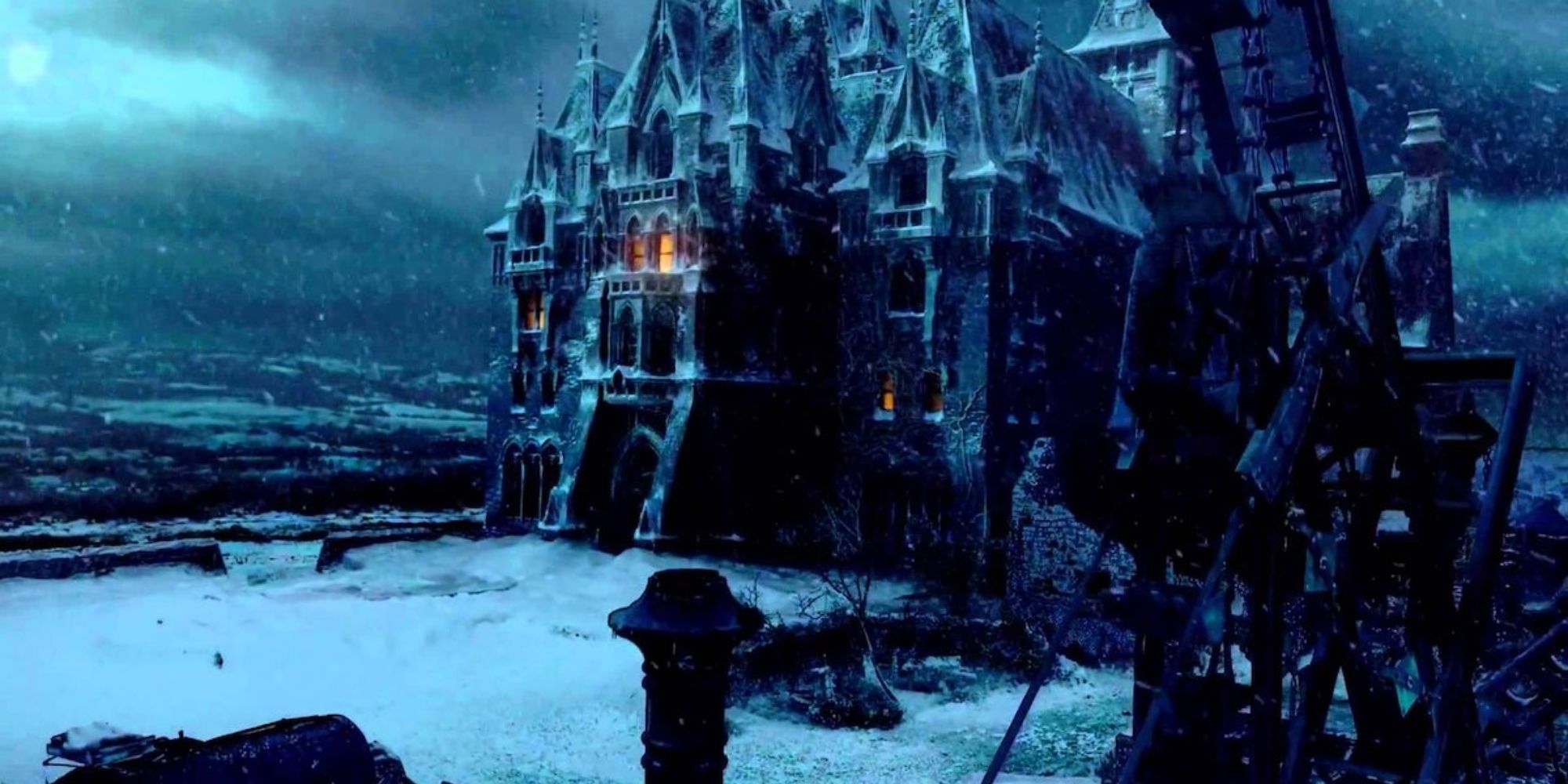
“Ghosts are real. This much I know.” The thing about is that it feels like it was made from velvet and bone. Edith (), a young writer with an eye for the macabre, marries a mysterious baronet () and moves to his decaying estate, Allerdale Hall, a place where the walls quite literally bleed. There are ghosts, yes, but they’re not what you’re supposed to be afraid of.
plays the icy sister-in-law, and you can tell from her first scene that something’s very, very wrong. , then rebuilds them with love and lavish detail. A lot of viewers might not have enjoyed the movie, perhaps not knowing what to expect from it. Crimson Peak is a haunted house movie, but also a tragedy, and a dark romance, and a murder mystery wrapped in silk. It’s not scary in a cheap way. It’s scary in a sad way.
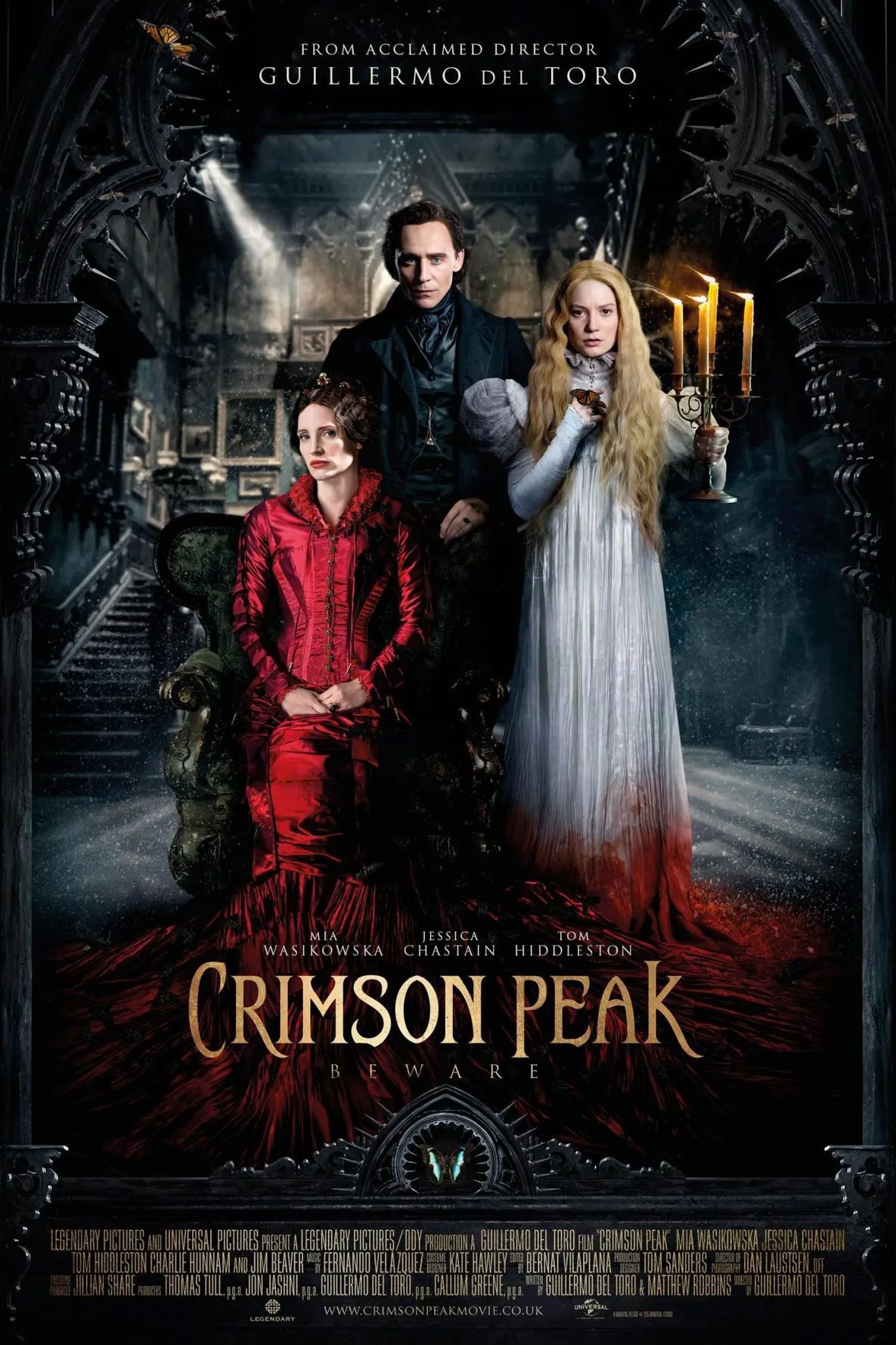
Crimson Peak
- October 13, 2015
- 119 minutes
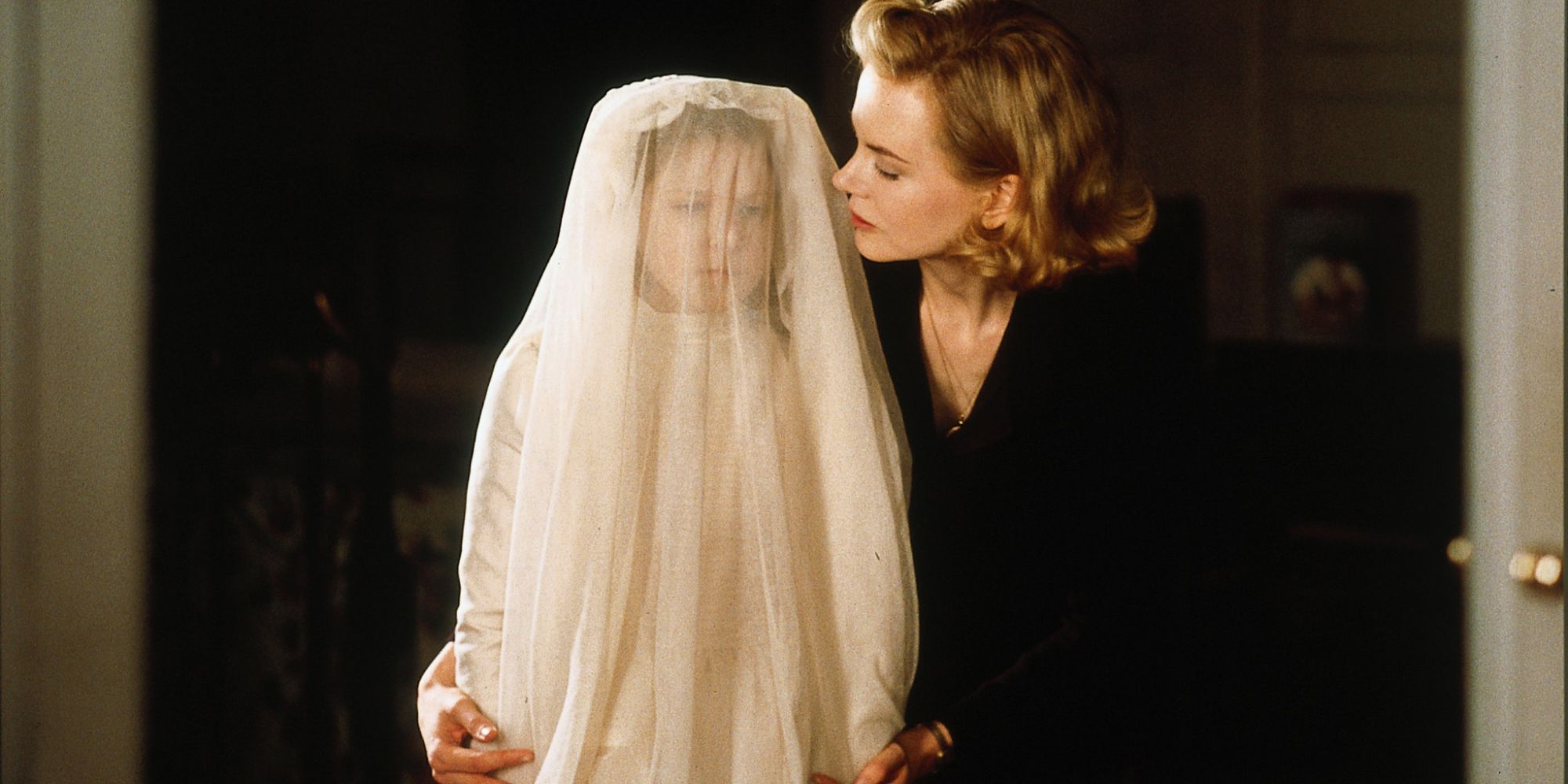
“Sometimes the world of the dead gets mixed up with the world of the living.” This one creeps up on you. leads the cast as Grace, a rigid mother raising two photosensitive children in a house that’s swallowed by fog. Her husband is missing. The servants are… strange. Doors open by themselves. Shadows stretch too far. But what really makes work is how quiet it is.
There’s barely a jump scare in sight. It’s also deeply sad. The film toys with your expectations until you start second-guessing your own conclusions. And then, when the reveal comes, it’s not a relief—it’s a gut punch. Sure, the third act twist owes a little too much to , but the believable performances, sumptuous cinematography, and deep period detail elevate The Others way above most ghost stories.
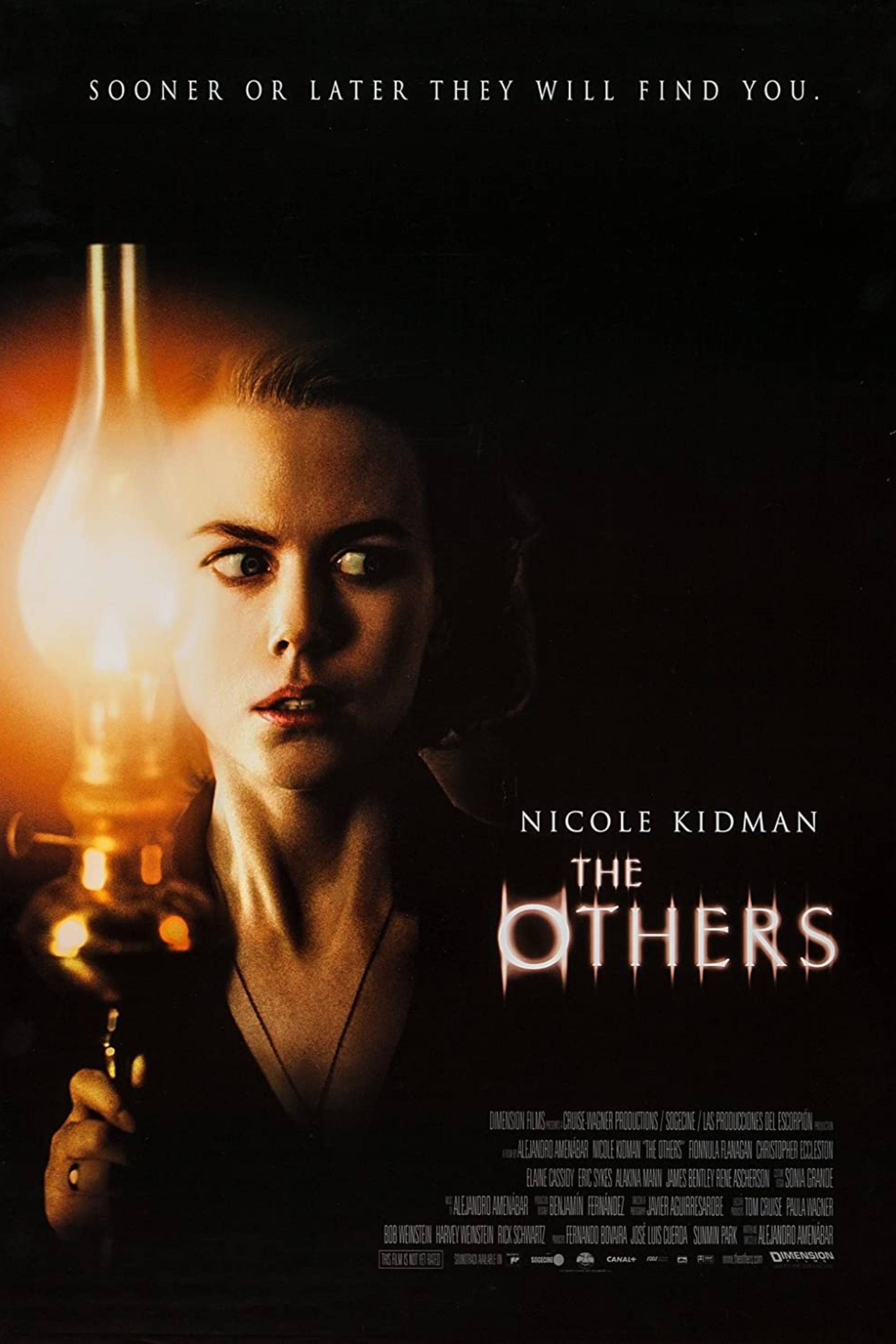
The Others
- August 10, 2001
- 104 minutes
.jpg)
“What is a ghost? A tragedy condemned to repeat itself time and again?” Before charming the world with , Del Toro crafted this horror-drama exploring similar themes of childhood, war, and innocence lost. Set during the Spanish Civil War, is maybe the most mournful ghost story ever made. A young boy, Carlos (), is left at a dusty orphanage where the air feels thick with secrets. There’s a bomb buried in the courtyard and a spirit in the hallway. But as with most Del Toro stories, the true monsters are flesh and blood.
The story is less about terror than about sorrow, about what violence leaves behind. The cinematography is all shadows and amber glow, like it’s lit from inside a memory. One really gets a sense of what it might have been like to live through these chaotic events.
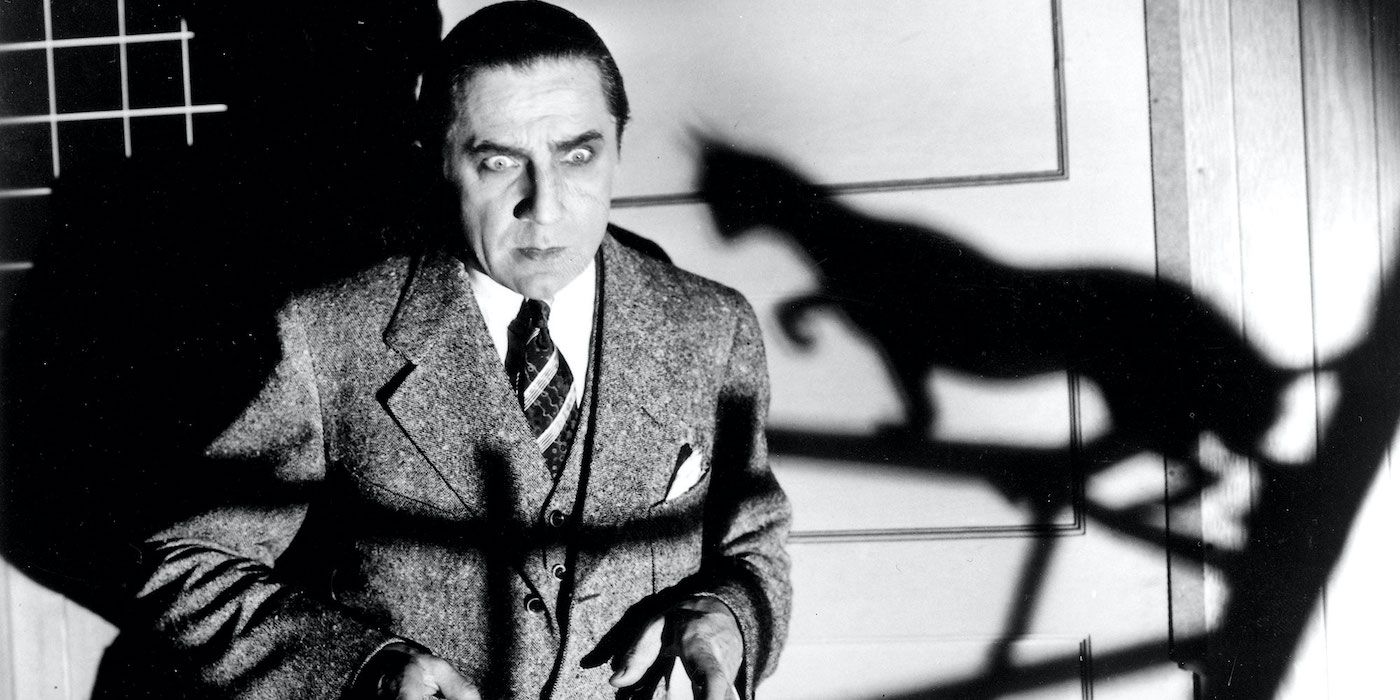
“You say your soul was killed, that you have been dead for these many years…” This one’s weird, and not “weird for the '30s”—just genuinely unhinged. In , and face off in a modernist mansion that somehow also contains a satanic temple and a World War I memorial. Karloff plays a suave devil-worshipping architect, while Lugosi is a haunted man with revenge in his veins.
It doesn’t make sense, but it doesn’t need to. There’s skinning, there’s hypnosis, and there’s more dread packed into these 65 minutes than most movies manage in two hours. The Black Cat isn’t clean or coherent; it’s dirty and unsettling. It doesn’t just invite you into madness, it sets the table for it. Sure, it's dated now (how could it not be?), yet there's no denying The Black Cat's influence. It's a foundational work of psychological horror.
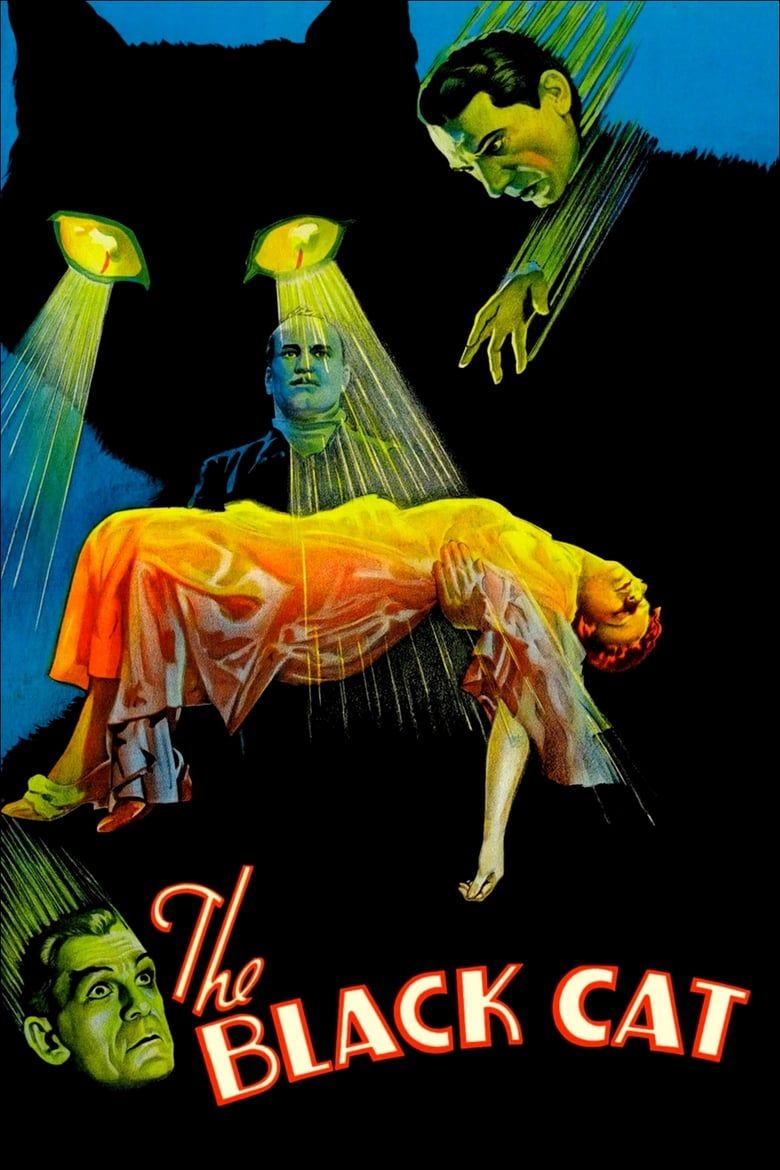
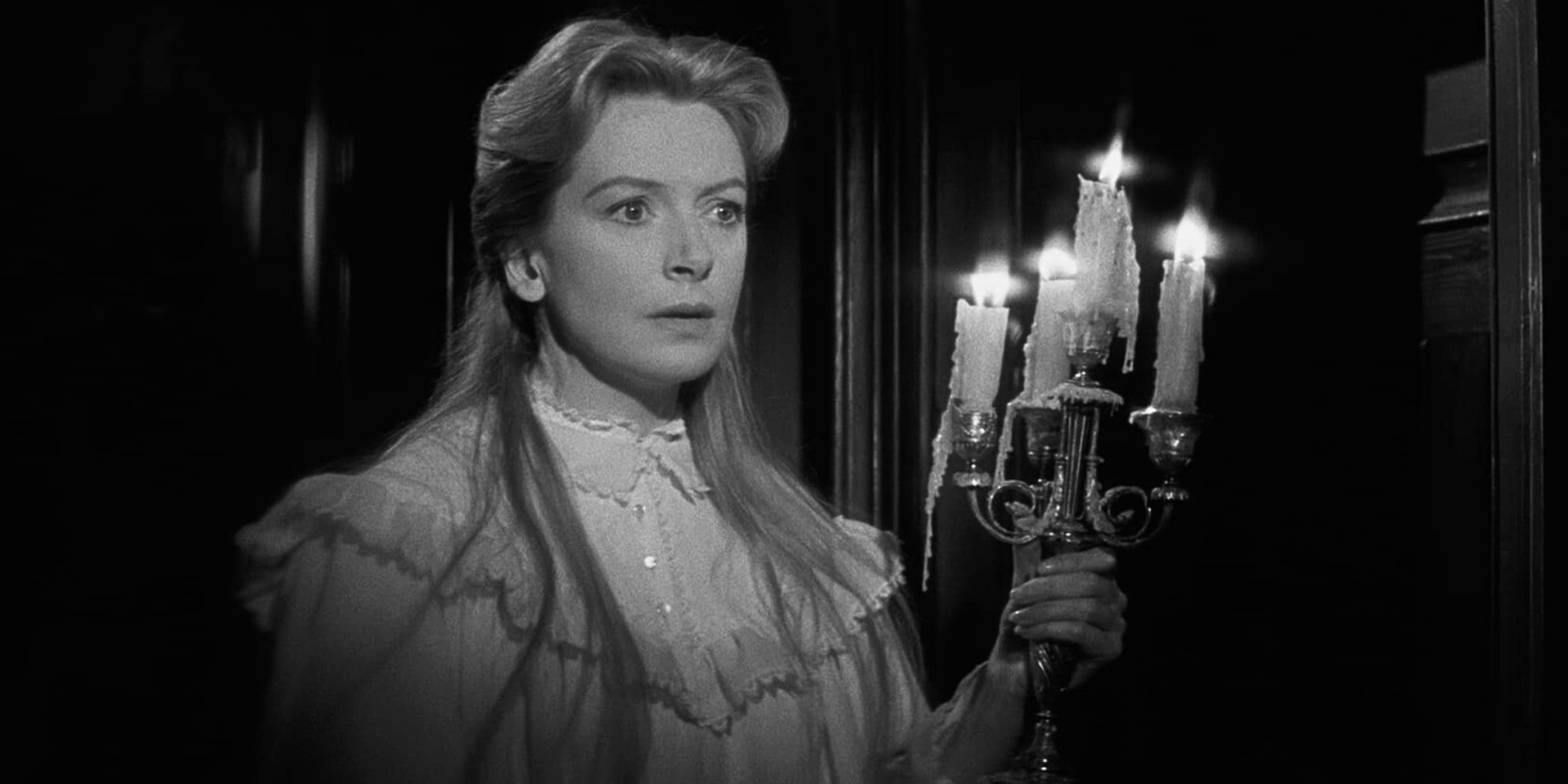
“Do you have any idea what it feels like to hold someone else’s sanity in your hands?” A spiritual forerunner to The Others, focuses on a young governess, Miss Giddens (), hired to care for two children in a sprawling countryside estate. The kids are polite. The house is grand. And yet something’s just… off. The Innocents is based on , and it absolutely nails that uneasy, brittle feeling of something slowly slipping out of place.
, and by the end, you’re not sure if she’s saving the children or destroying them. This ambiguity is complemented by the visuals. The cinematography is all soft grays and long shadows. Every hallway feels like a memory you shouldn’t trust. Ghosts might be real, or maybe this is all in her head. The psychological realism is what makes the movie work. That’s the trick. That’s the horror. There’s no monster—just silence and suggestion.
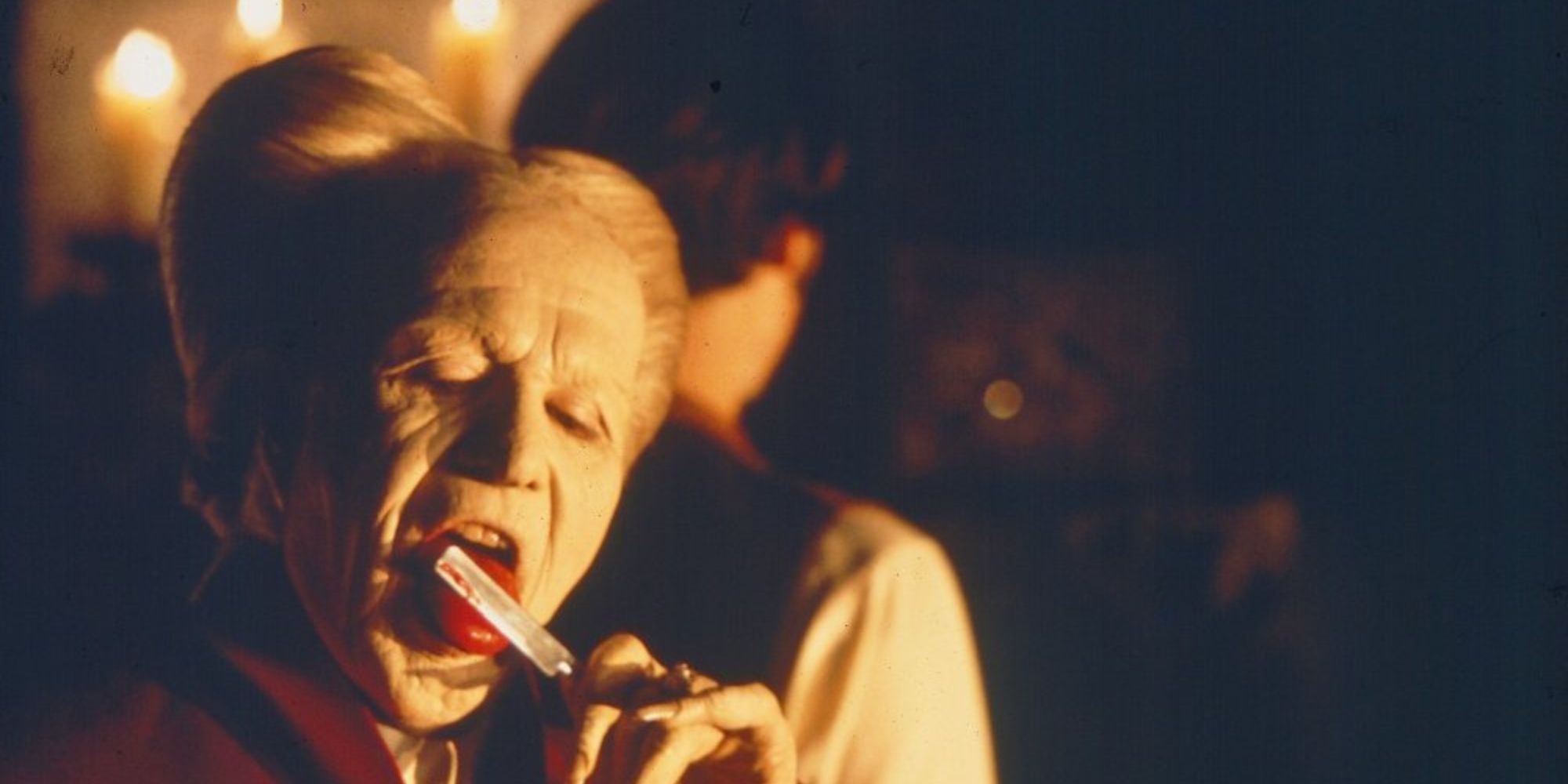
“I have crossed oceans of time to find you.” After scaling cinema's heights with gangster movies and a war epic, got weird with his take on the archetypal vampire story. His version of is flawed, to be sure, but it deserves props for being theatrical, horny, extravagant, and totally sincere. On the acting front, ’s Dracula is both terrifying and tragic; a centuries-old romantic who’s turned love into something grotesque. plays the reincarnated flame. … does his best. But
Coppola throws everything at the screen: shadow puppets, reversed film, blood-red lighting, and costumes that feel like they belong in a museum or a fever dream. It shouldn’t work. But it does (mostly). Gothic horror is about passion, and this film absolutely drowns in it. You don’t watch for logic. You watch it for the sumptuous visuals and abundance of atmosphere.
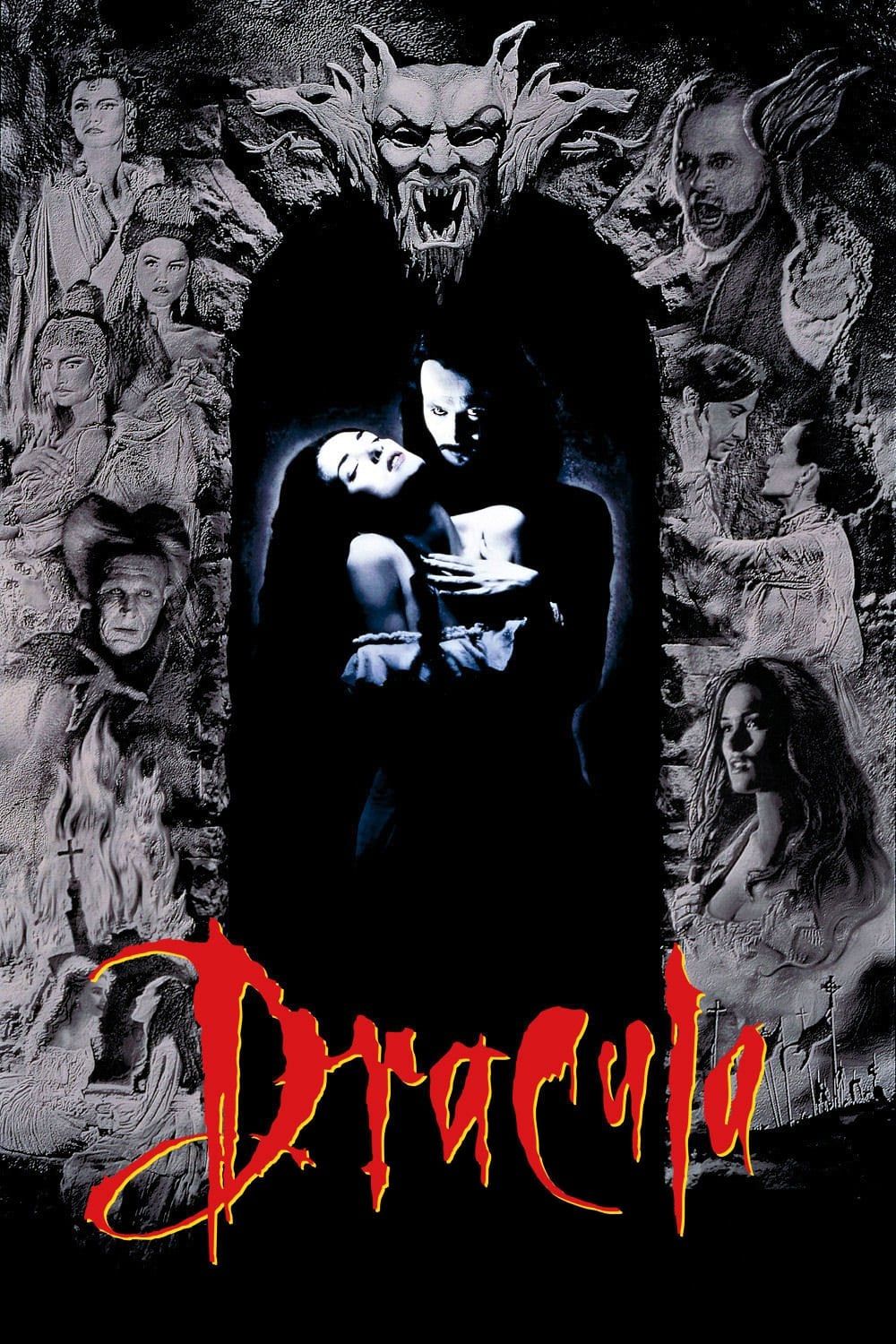
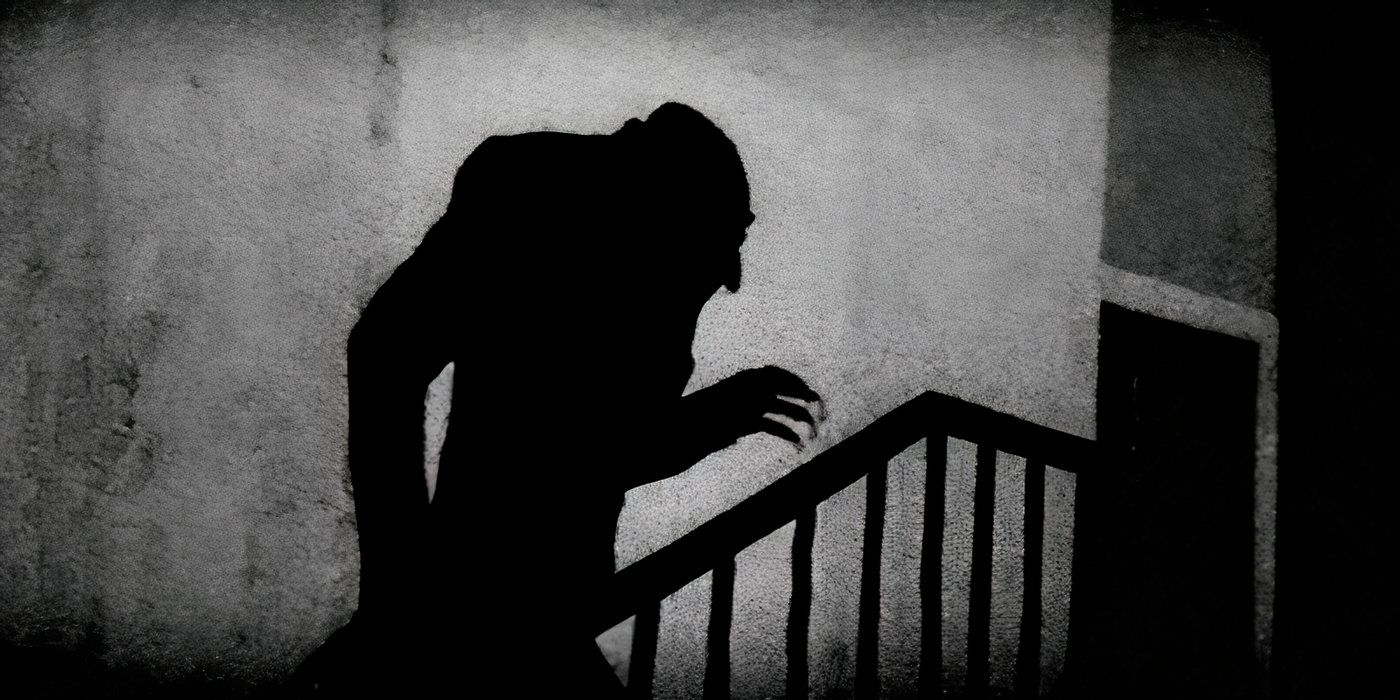
“Does this word not sound like the deathbird calling your name at midnight?” ' remake thrust this gem back into the spotlight, and modern viewers will find it surprisingly watchable for a film that's over a century old. Indeed, even if you’ve never seen , you’ve seen Nosferatu. The long fingers, the bald head, the iconic shadow on the staircase, and that silent, awful face rising from the coffin. All of these ideas have been copied ad nauseam.
The images stick, not because they’re flashy, but because they feel wrong in a primal way. Yeah, the movie's slow. And yeah, some scenes are goofy. But, as a whole, it's still creepy. A lot of this is thanks to 's performance. His Count Orlok is not a suave predator. He’s a thing. A parasite. The film itself moves like he does: it's a nightmare that won’t explain itself.
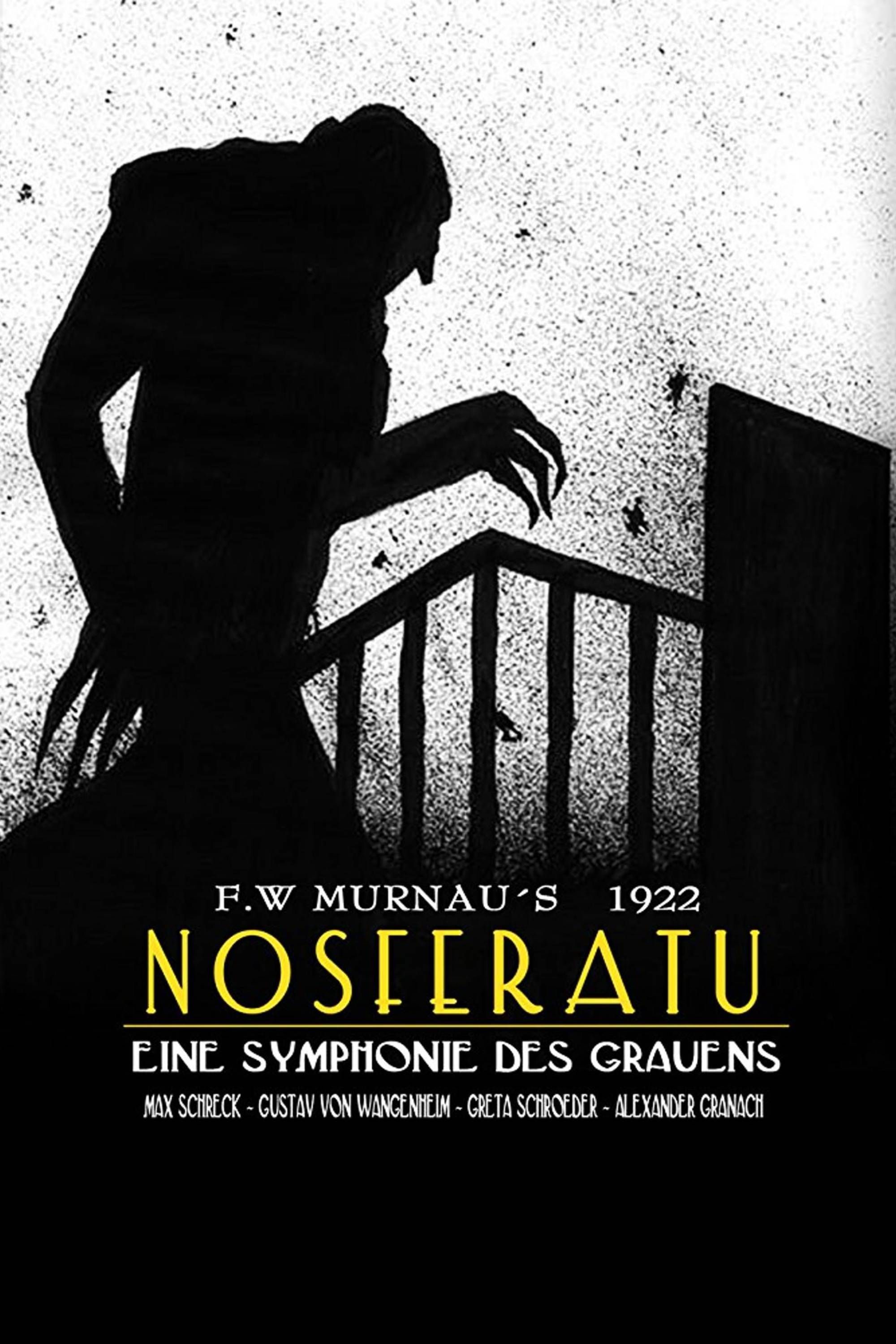
Nosferatu
- February 16, 1922
- 95 Minutes
Vampire Count Orlok expresses interest in a new residence and real estate agent Hutter's wife.
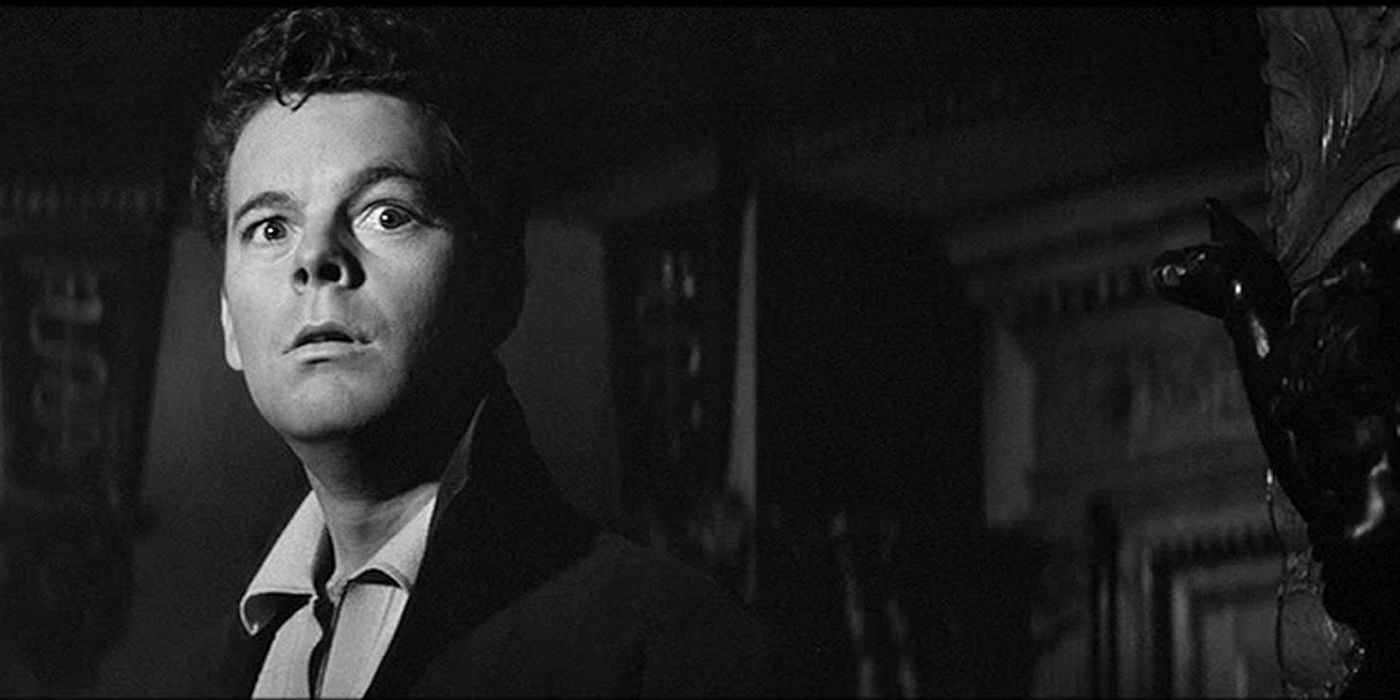
“An evil old house… is like an undiscovered country waiting to be explored.” Long before 's killer TV show, there was this masterful film adaptation of 's classic novel. Hill House is bad news. We know this before a single thing happens. The walls lean, the doors breathe, and the silence feels predatory. A group of strangers gather to investigate the supposed haunting, and everything begins to unravel, especially for Eleanor (), a woman already on the edge.
and you slowly realize the house isn’t possessing her; it’s welcoming her. She's assisted by the sound design and the camera angles, which combine to produce the growing feeling of being watched. What makes all this so creepy is how little happens, and how deeply that nothingness seeps in. Not for nothing, both and have declared to be one of the greatest horrors of all time.
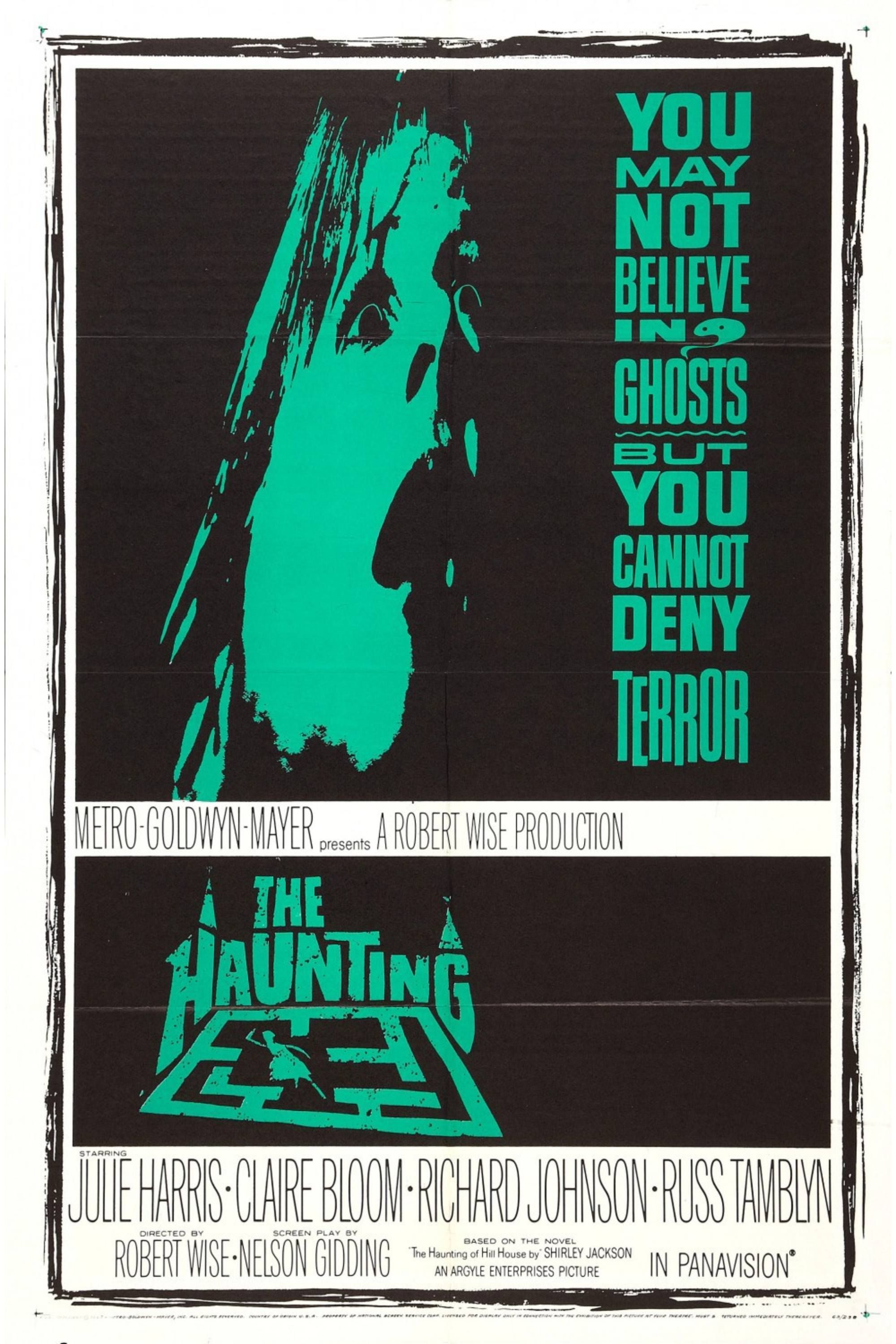
The Haunting
- August 22, 1963
- 112 Minutes
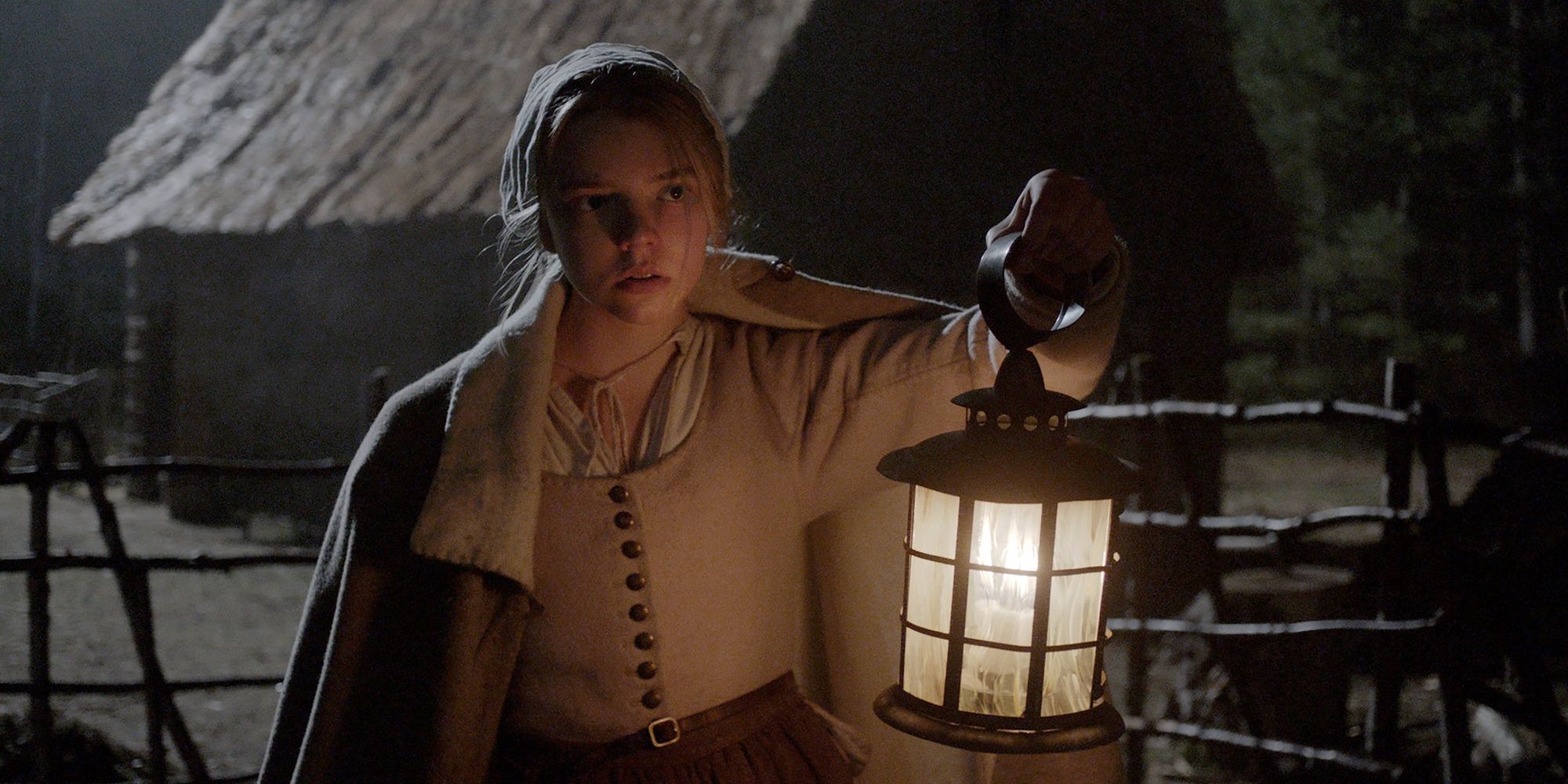
“Wouldst thou like to live deliciously?” Robert Eggers assembles simple components - darkly gorgeous sets, a forest too quiet, perhaps cinema's creepiest goat - and transforms them into one of the strongest horrors of the 2010s. drops you into 1600s New England and never once lets you feel safe. A baby vanishes. People's minds start to go. framing the action with bleak skies and rotting wood.
The dialogue is archaic and the pacing glacial, but the tension is expertly maintained throughout. There’s witchcraft, sure, but the real horror is the slow disintegration of belief, of trust, of identity. When Thomasin () finally chooses freedom—or damnation—it doesn’t feel like a twist. It feels like the only thing left. After the slow build-up, Eggers leaves us with one last unsettling, beautiful, and memorable image; the perfect payoff for all that came before.
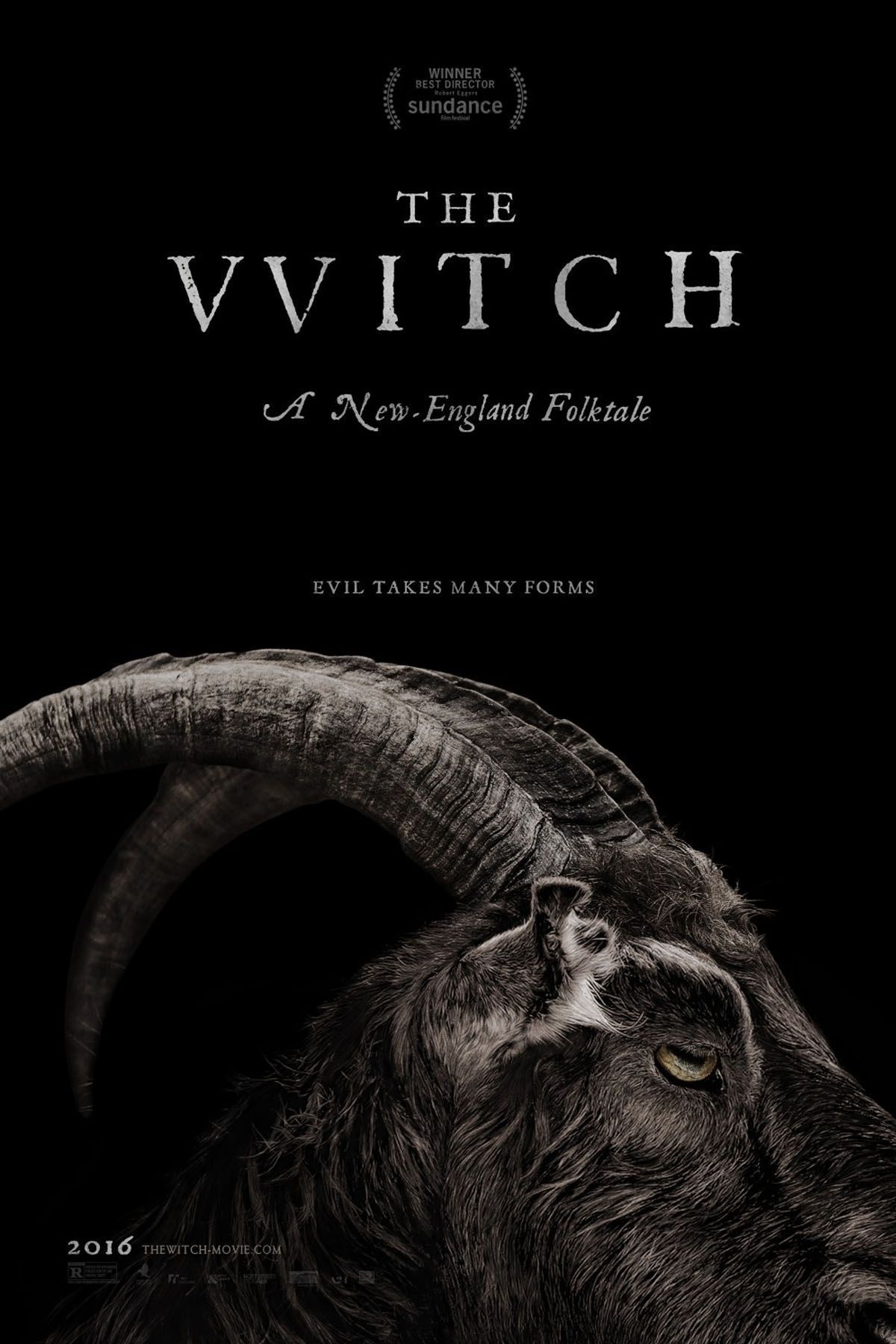
The Witch
- February 19, 2016
- 92minutes
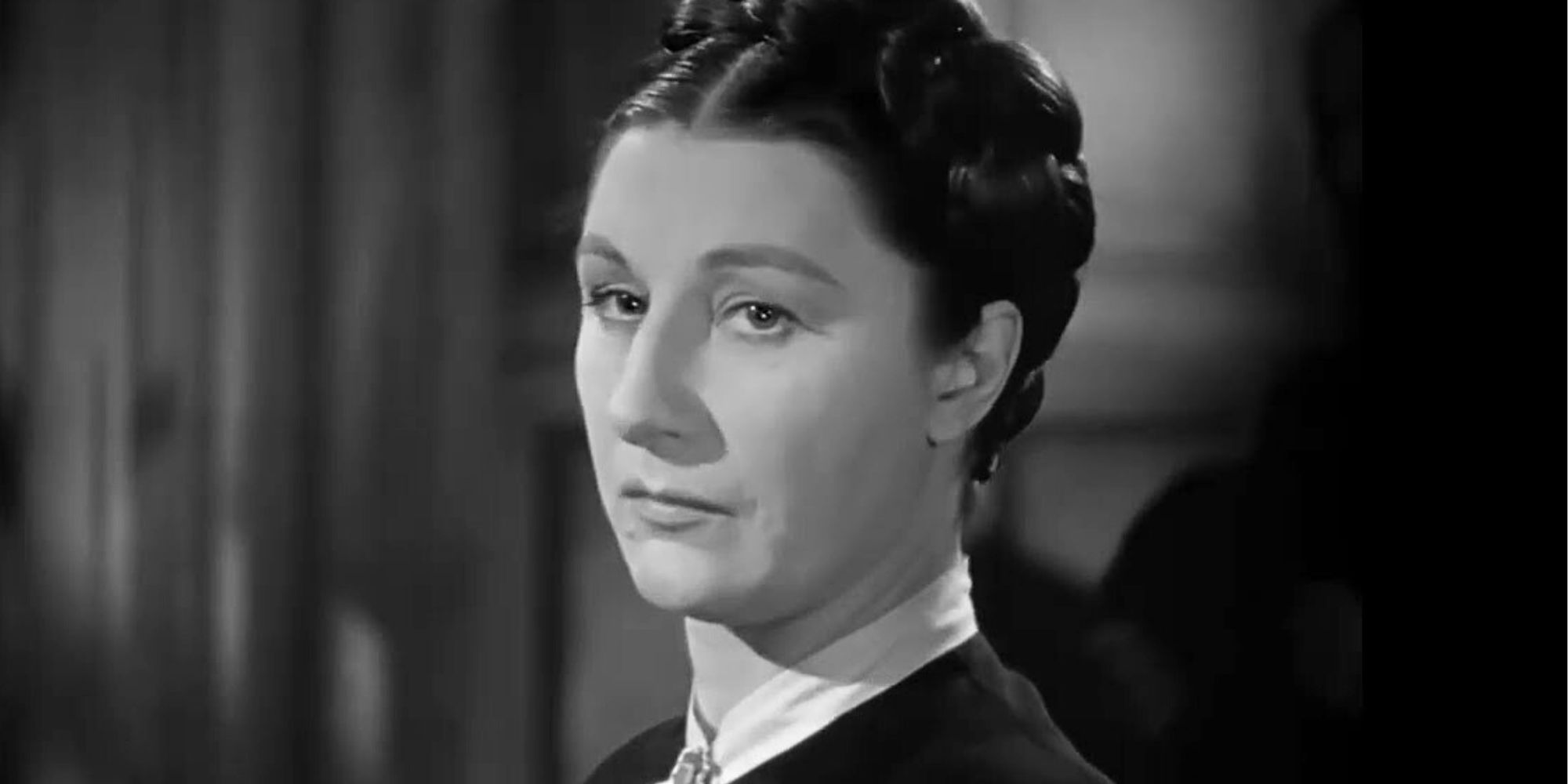
“Last night I dreamt I went to Manderley again.” Though technically more of a thriller than a horror, no list of great gothic horrors would be complete without 's . Here, a young woman () marries a wealthy widower () and moves into his sprawling mansion, where every room still belongs to his dead wife. Worst of all, the housekeeper, Mrs. Danvers (), is devoted to the late Rebecca in a way that’s chilling, obsessive, maybe even romantic.
y, as if she knows she’ll never measure up. And maybe she’s right. On the storytelling side, Hitchcock builds the dread slowly, through glances, through silence, and through the way the house itself seems to press in. There’s no ghost in Rebecca, just a memory that refuses to leave. The movie isn’t about blood or screams. It’s about feeling erased. And that fear, that quiet, psychological erosion, is pure gothic horror.
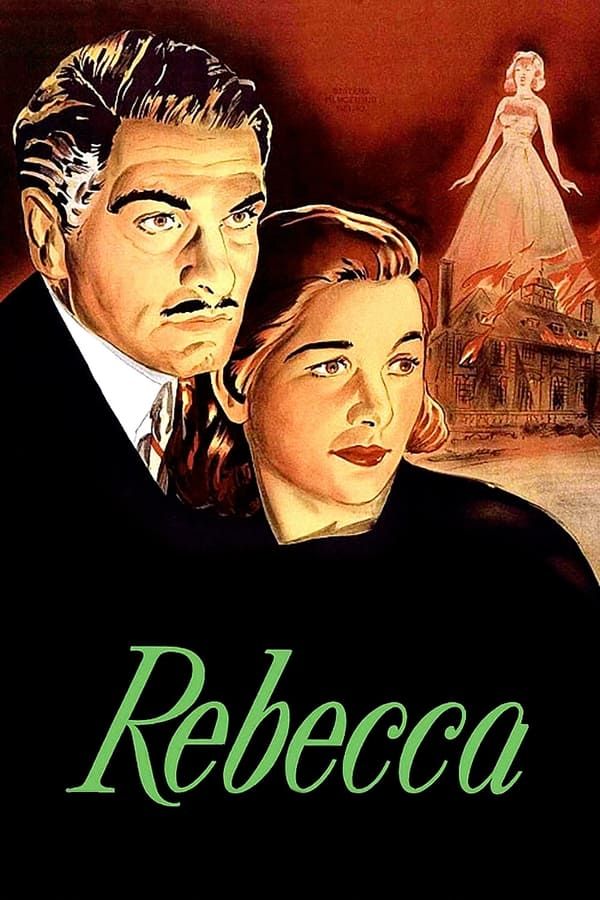
Rebecca
- Release Date
- March 23, 1940
- Runtime
- 121 minutes
